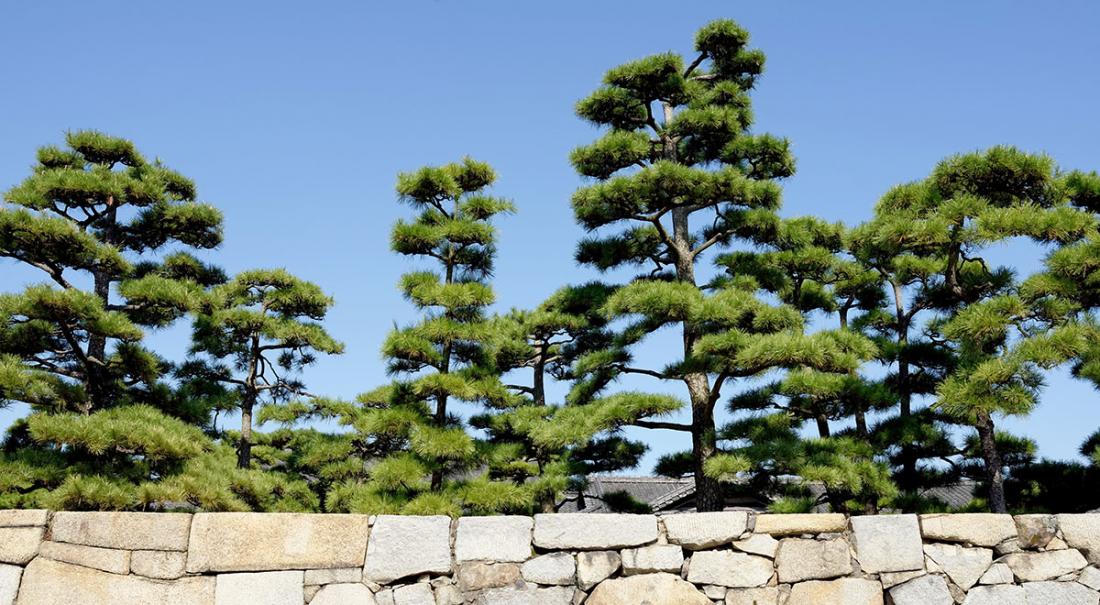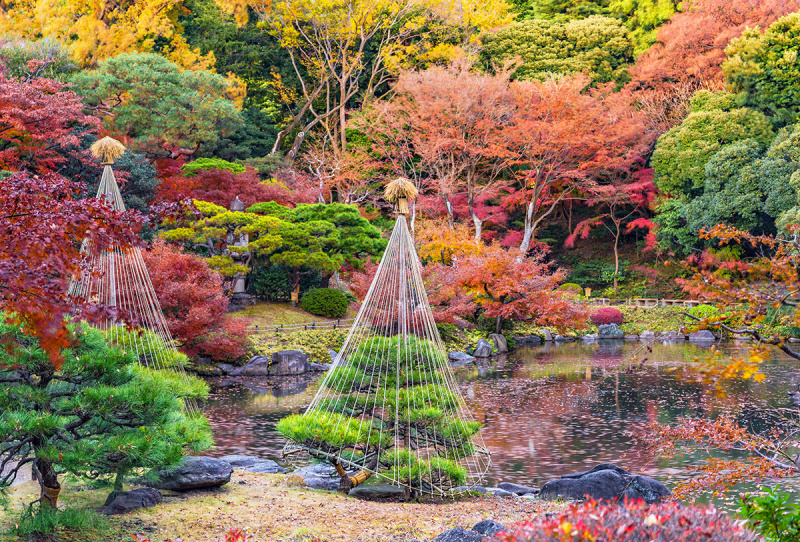
The Japanese Umbrella Pine is also known as the “Koya-Maki.” It is one of Japan’s five sacred trees and is a beautiful addition to any garden or yard. You may be wondering how to grow one at home for yourself.
To grow a Japanese Umbrella Pine, simply find an open site with clean soil that is free of clay and alkaline, make sure it has partial or full sun throughout the day, and keep the soil moist.
In addition to these steps, there are a few other things you’ll want to be aware of before bringing home a Japanese Umbrella Pine for yourself. Read on to find out how to manage your new tree and enjoy it for years to come.
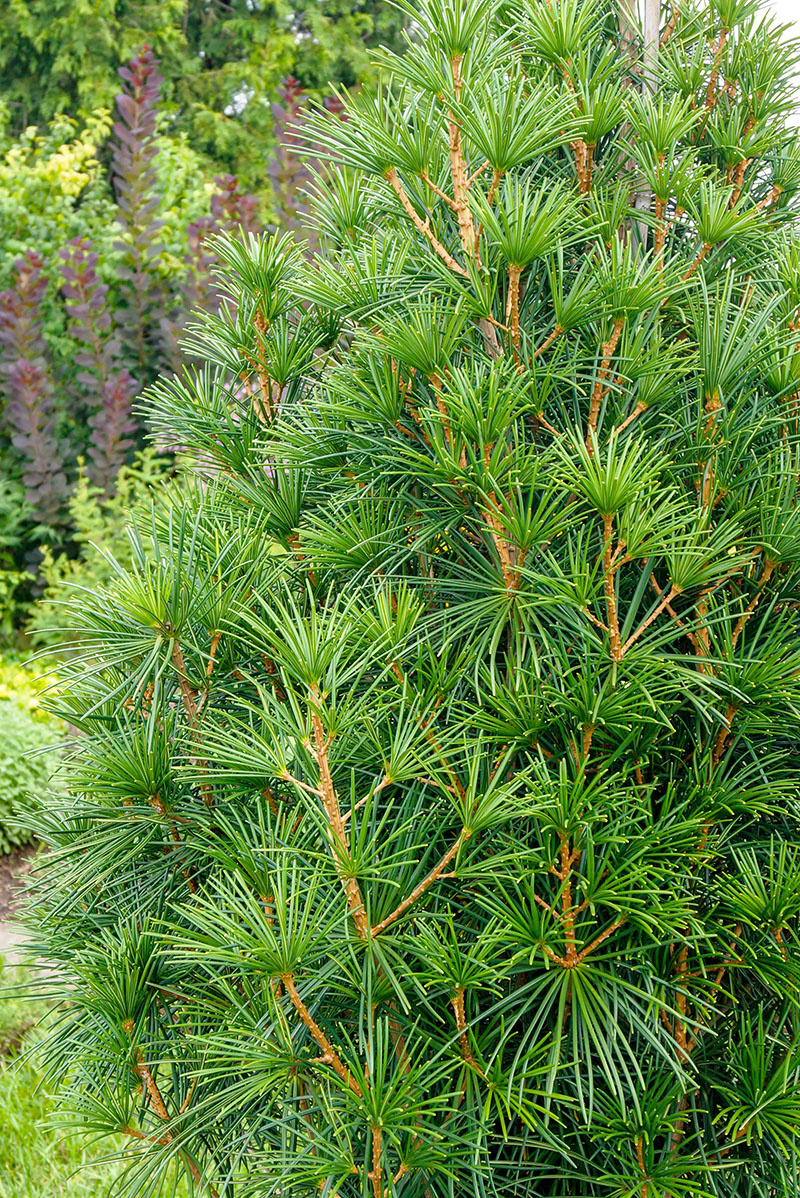
Checking Your Climate Zone and Growing Conditions
Before purchasing an umbrella pine, it’s critical to understand what kind of climate zone you live in according to the USDA. An umbrella pine can survive in zones 5-8. If you live in zones 1-4 or 9 and above, your area is outside the appropriate range for this type of tree, and you will not be able to grow one.
Places to Avoid Growing a Japanese Umbrella Pine
For example, central and southern Florida would be zone 9, which is considered too hot for your pine to successfully grow. They also may receive too much heat and direct sunlight in the summer months.
Additionally, the Northern United States would be far too cold in the winter months. For example, if you live in the following states, avoid trying to grow a Japanese Umbrella Pine:
- North Dakota
- Montana
- Minnesota
- Wisconsin
- Vermont
- New Hampshire
- Maine
Places to Grow a Japanese Umbrella Pine
Fortunately, there are many places in the United States where umbrella pines can thrive. Most of the Midwest, Southeast, and Pacific Northwest would make a great home due to their mild climates throughout most of the year. Some of the states with ideal conditions include:
- Illinois
- Indiana
- Kentucky
- Tennessee
- Missouri
- Alabama
- Georgia
- Oregon
- Washington
Keep in mind though, this list and the list above are not comprehensive or exhaustive. This helpful map shows the USDA climate zones in the United States so you can check out the areas for yourself and see if your home is right for a Japanese Umbrella Pine.
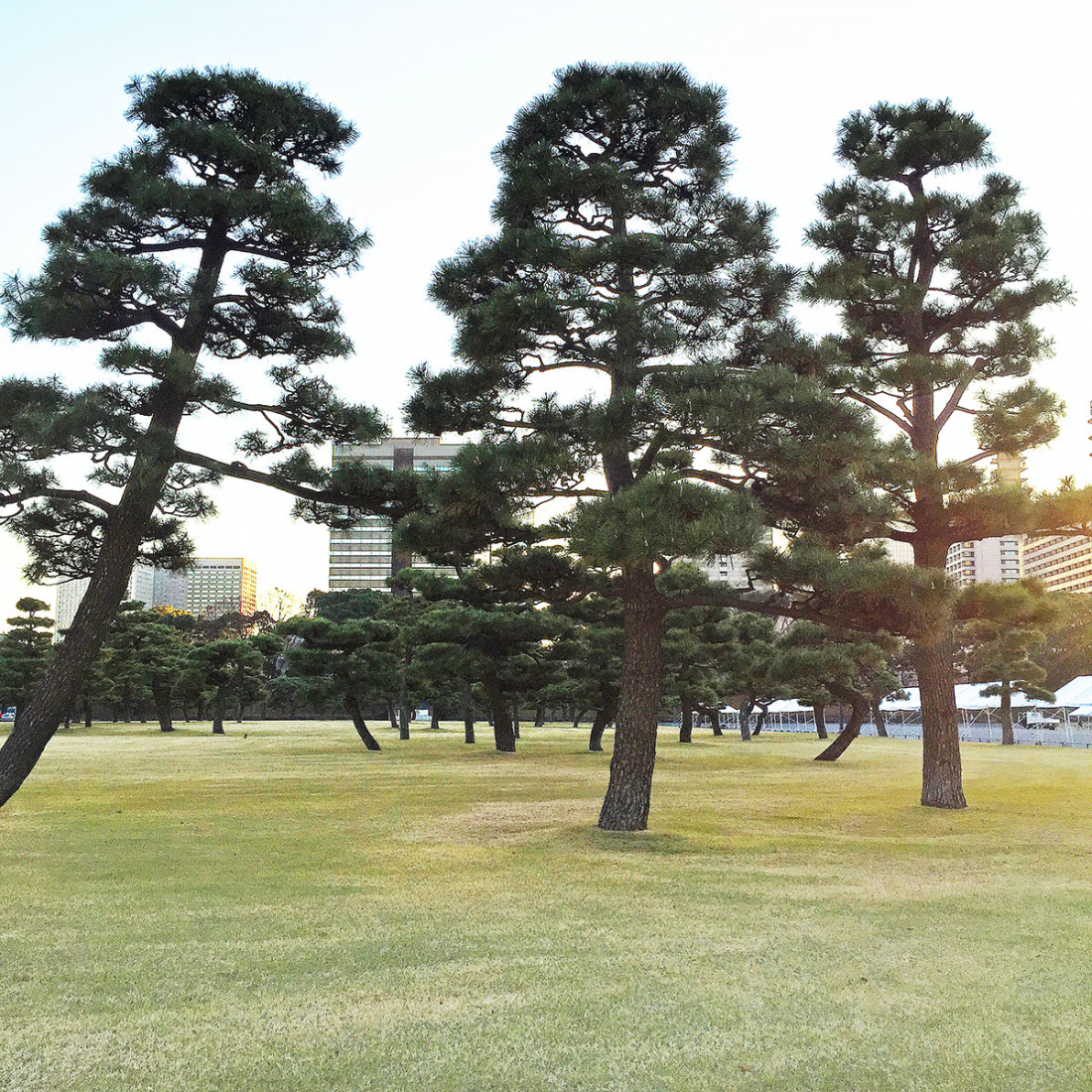
Choosing a Site for Your Japanese Umbrella Pine
One of the other most important things you’ll need to do before purchasing your umbrella pine is to ensure that you have enough space for the tree to grow and mature. They grow rather slowly, but after approximately ten years, they’ll reach a height of 10 feet and a width of 6 feet. In the following twenty years, that height and width can double.
As a result, you’ll want to be sure there aren’t any obstructions near or above the tree. Be especially careful of:
- Power lines
- Telephone and internet cables
- Other plants and trees
- Fences and barriers
- Exterior garages and sheds
- Siding and home exteriors
As long as your tree has plenty of room to grow and expand, you won’t have to worry about calling in an expensive tree-trimming service to cut back the tree unnaturally. You also won’t need to bother hiring a contractor to have the tree removed altogether.
Choosing the Ideal Soil for Your Pine
Japanese Umbrella Pines don’t do well in soil that has high levels of clay and alkaline. They’ll struggle to grow to full size or may not grow at all and die prematurely.
Instead, look for slightly acidic soil, with a pH value between 4.5-6. The soil should also be able to retain moisture but drain easily. You don’t want too much water to accumulate near the planting site. Finally, using a mixture of organic matter and soil when planting can help your tree get off to a healthy start.
Planting the Tree
After you have done your research and selected a favorable spot, it is finally time to purchase and plant your tree. You might be wondering how to be sure that your tree grows and stays healthy. Use the following steps to help ensure the planting process goes smoothly and your tree gets off to the right start.
Prepare a Wide Enough Hole
Sources recommend making the hole three times as wide as the current root mass. So, if the root mass has a diameter of 18 inches, you’ll want a 54-inch-wide hole. The measurement doesn’t have to be perfect. The goal is to leave plenty of room and make sure the root mass isn’t restricted.
Don’t Plant Too Deep
Leave about 20-30% of the root mass above the surrounding soil. This will allow the tree to settle and it will eventually match the height of the surrounding area.
If you dig too deep, you may bury parts of the tree that need access to oxygen and end up causing damage to the tree. Conversely, if you dig too shallow, the tree may be vulnerable to falling over in high winds. Finding the right balance and depth is crucial in helping your tree successfully take root.
Keep Checking up on the Roots
You’ll want to continually check back on the tree’s roots to make sure they are settling properly. If they are growing in a circular pattern, this means the tree has become rootbound and its growth will be stunted. Break the roots apart with a shovel or gardening hoe. You may also want to break up harder pieces of soil and clear out any rocks before initially planting.
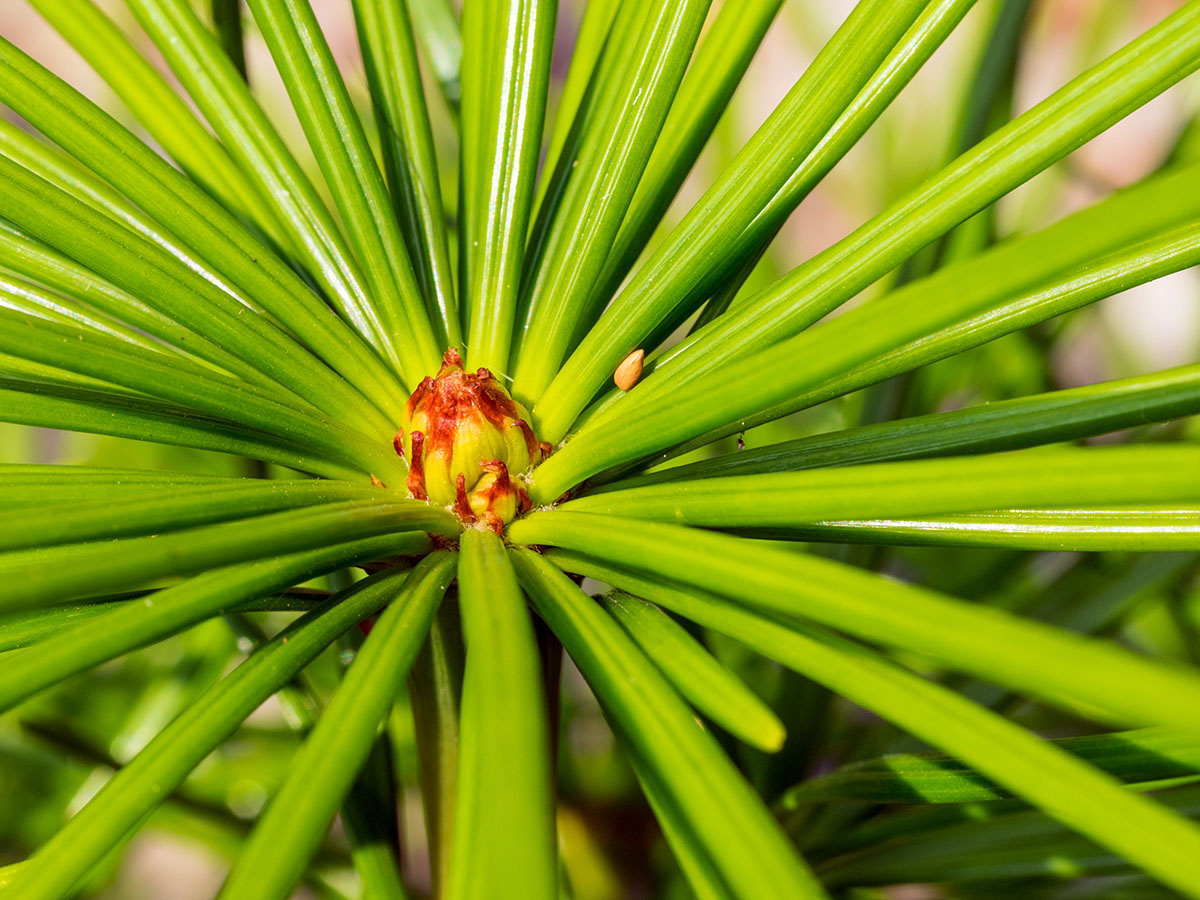
Caring for the Tree
Japanese Umbrella Pines are relatively low maintenance compared to some other trees and plant species. If you adhere to the following steps regularly, your umbrella pine should enjoy a long, happy, and healthy life.
Water the Tree regularly
Watering your umbrella pine is most crucial during the first couple of weeks. Keep a close eye on it to ensure the soil doesn’t dry out. If it does, give it a little extra water. After that initial period, it is recommended to water the plant once a week. However, if your area is receiving more than an inch of rain per week, you can skip watering for that period.
As a warning though, if you are not sure whether or not to water your pine, it is probably best not to water it. Overwatering runs the risk of damaging or killing the tree. Other symptoms of overwatering may include root rot, in which the roots are drowning from not receiving enough oxygen. It can also include discoloration (yellow or brown) or withering of the pine needles.
Prune the Branches to Control Growth
Japanese Umbrella Pines don’t require much pruning. Most maintenance is cosmetic and based on your personal preference for how you want your tree to look. However, if the branches are starting to tangle together or grow unevenly, trim them back with a pair of garden scissors or pruning shears.
Wait a While Before Fertilizing
Before you fertilize or add any other growth chemicals to the soil, be sure that your pine has properly and fully taken root. This could take several weeks. When in doubt, be patient before applying fertilizer to avoid damage.
Japanese Umbrella Pines have been making fantastic additions to gardens for thousands of years. They have beautiful, richly colorful green pines and a uniquely serene appearance. Now you too can own one of these five sacred Japanese trees. Just follow the steps above to keep your pine tree happy and healthy for many years to come.
